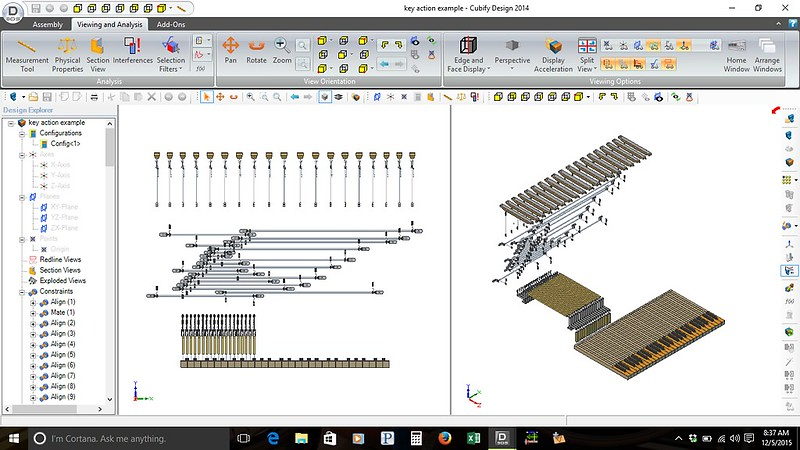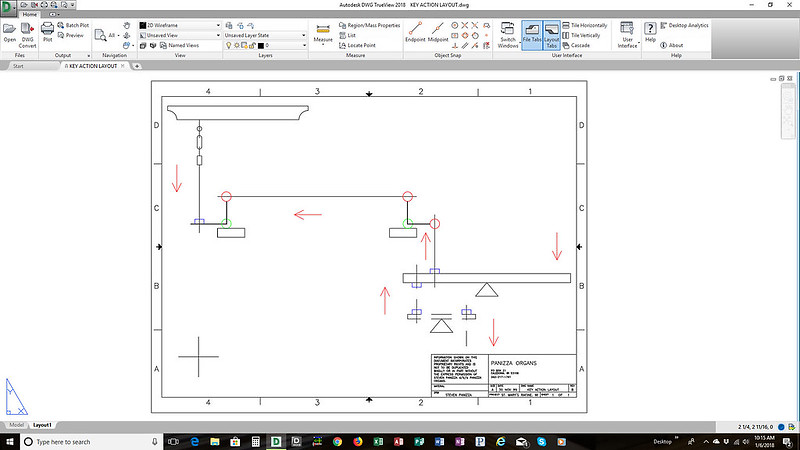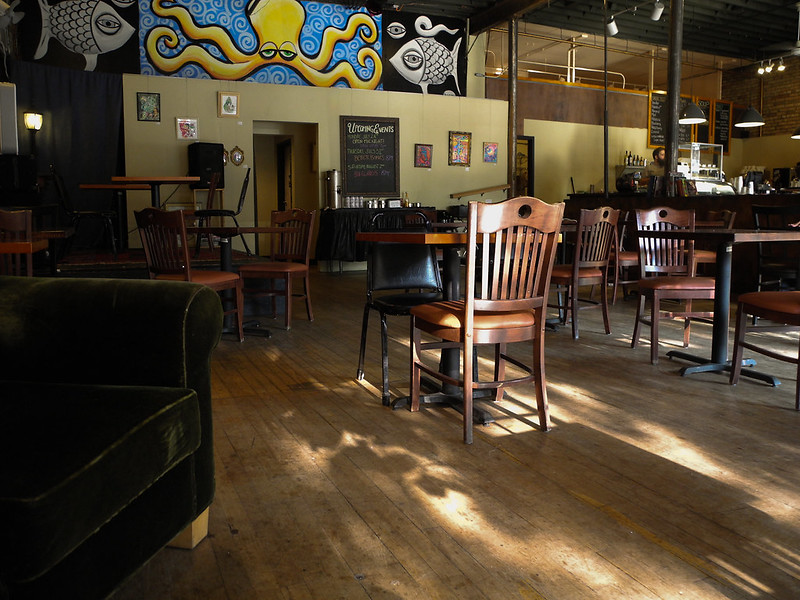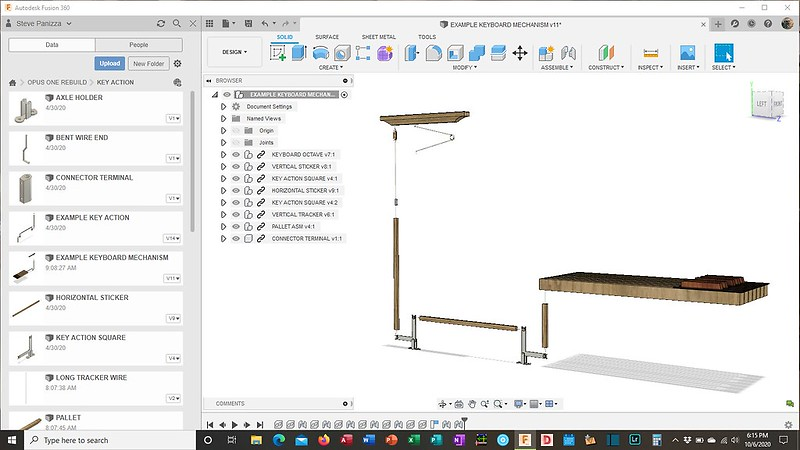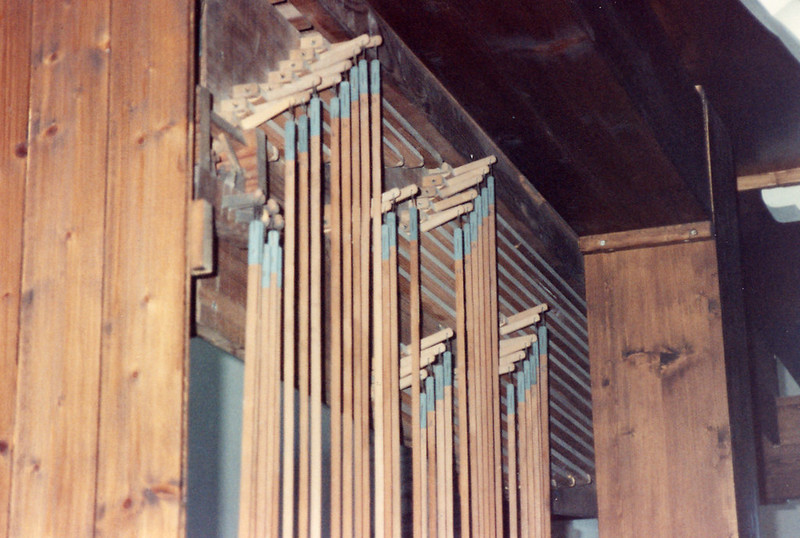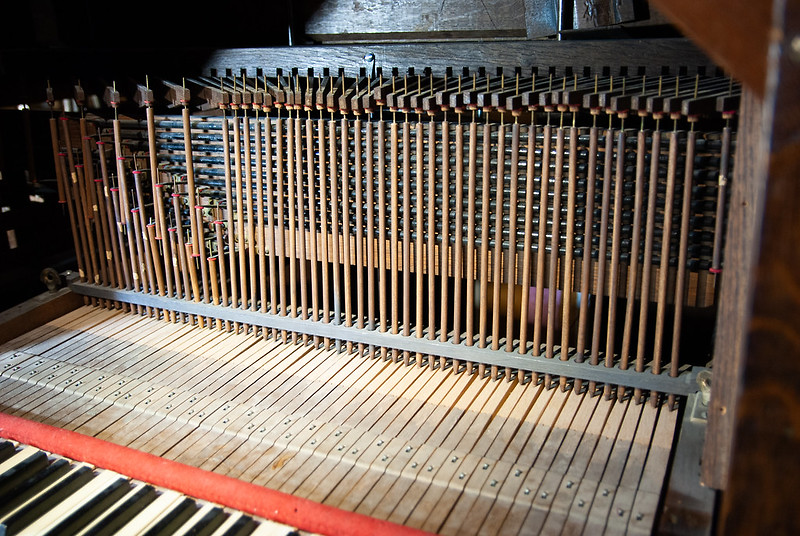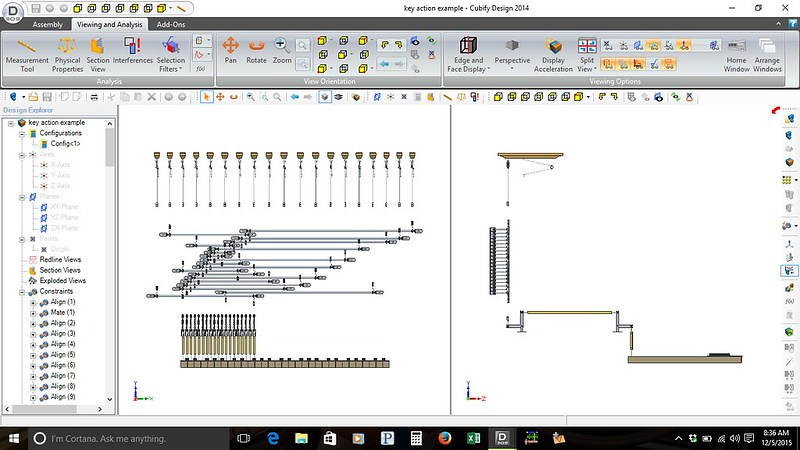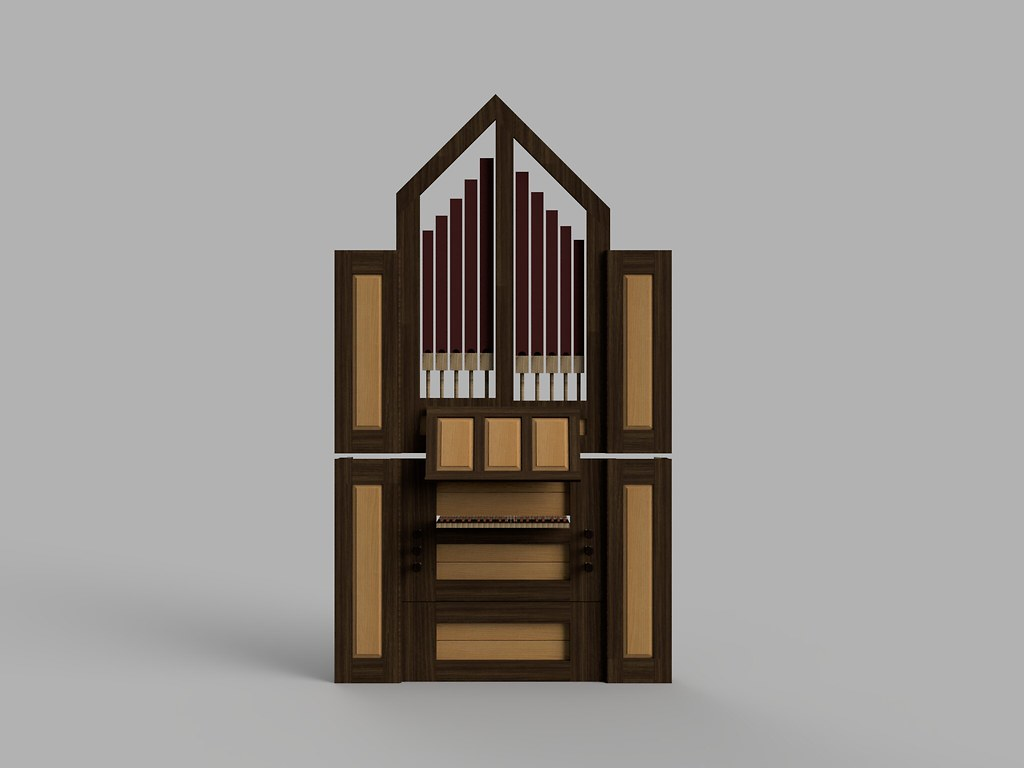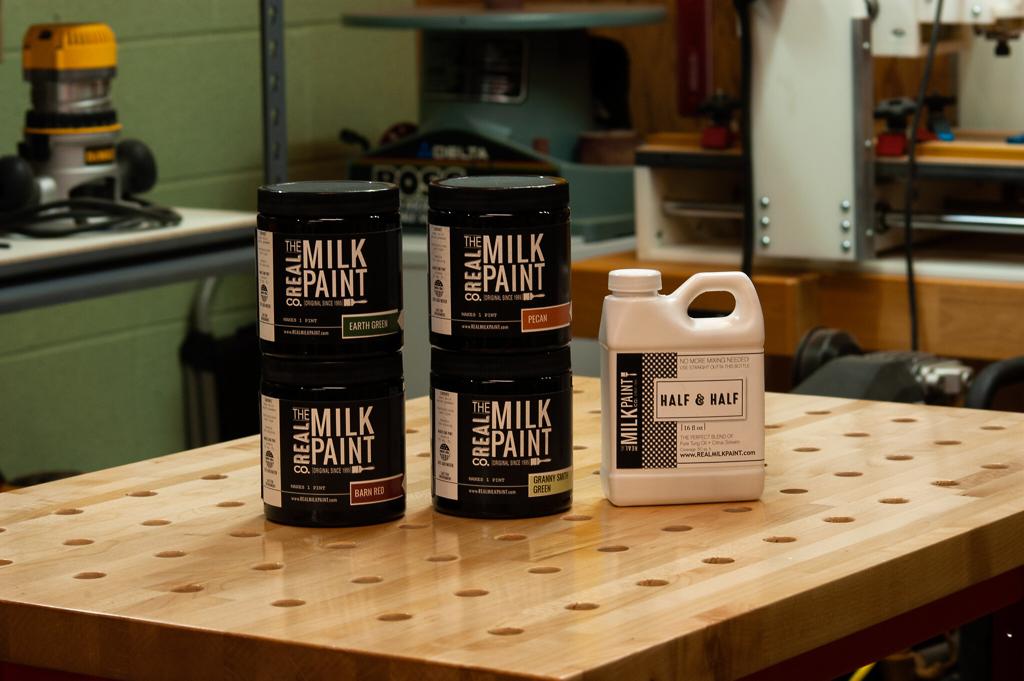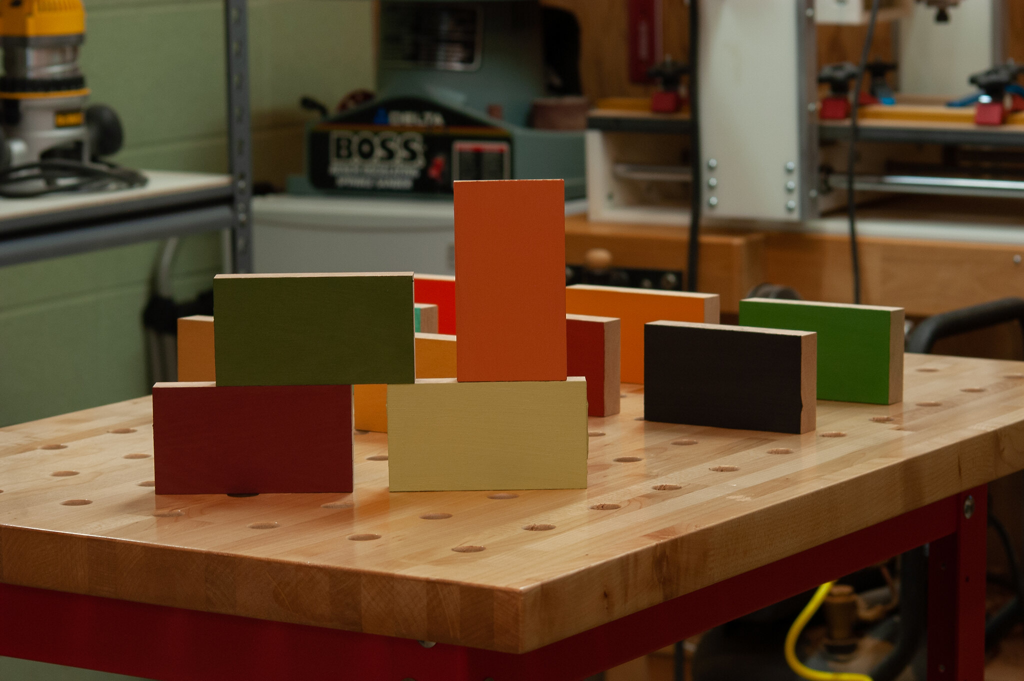Coffee Shop Design
![]() September 27, 2025 19:01
September 27, 2025 19:01
This is the tenth post published to a blog where I conduct a design study that conceptually builds a very real church here in Minneapolis, an organ they didn't ask for, using pipes taken from their existing mid-industrial era gallery organ. This design study provides me with the opportunity to develop, if only on paper, an example of my 43-note continuo for a space I am familiar with, using material I am familiar with. I was an organist there for eight years.
If you are new to my project, start here and work your way up.
I began using Cubify Design, a solid modeling program, in 2014 to replace 2D design. I prefer to use '2D design' rather than 'drafting' because I often employed descriptive geometry concepts. During the fall of 2015, I committed myself to modeling pipe organ key action components using Cubify Design at various coffee shops in Minneapolis.
I want to discuss this work because what I will not be showing you here are the detailed designs of the key actions employed by my 43-note continuo organ. This is not a how-to blog for do-it-yourselfers.
Just before the pandemic, I began using Autodesk Fusion, a significantly more advanced software for solids modeling. During the pandemic, I exported the key action components I had modeled in Cubify Design into Fusion. The key action models I created using either Cubify or Fusion, shown here, do not represent those I will use in the build of an actual organ. I wanted to gauge the difficulty in applying that level of detail and determine whether it was worthwhile to model an entire action.
Whether you favor historically informed mechanical action over electric action is your choice. Mechanical action provides a straightforward, reliable, and direct connection between the finger and the pipe valve. There are trade-offs, though. A delicate and light action favors the performer, but not in terms of strength and durability. Finding that balance is key. I also studied the actions of as many historic organs as possible to translate their look and feel into modern materials. The key action photo above is that of a historic German organ whose photo I included in my previous post. The photo below is of the Ducroquet.
The key action design work I did took place over the course of ten years, on and off, without me fully understanding the value that work would bring. My 43-note continuo is not a conventional design. Modeling its assemblies helps maintain a clean internal layout, where everything is well-organized and easily accessible.
Please return here periodically to view the progress of this project as I develop it. If you have a question or suggestion, please don't hesitate to contact me.
Posted September 27, 2025 19:01
Add Your Comment
Reuse and Recycle: The Story of a 43-Note Build
by Steve Panizza
Recent Blog Entries
Archive
